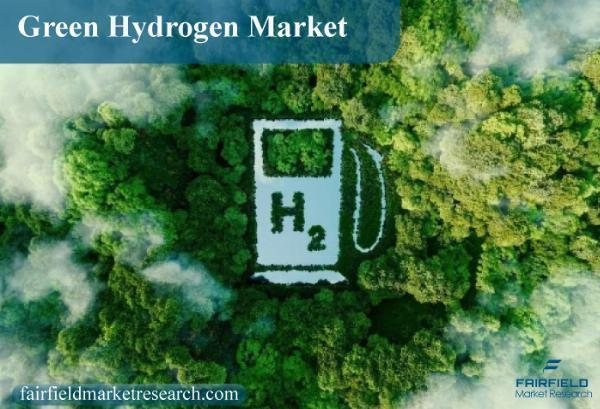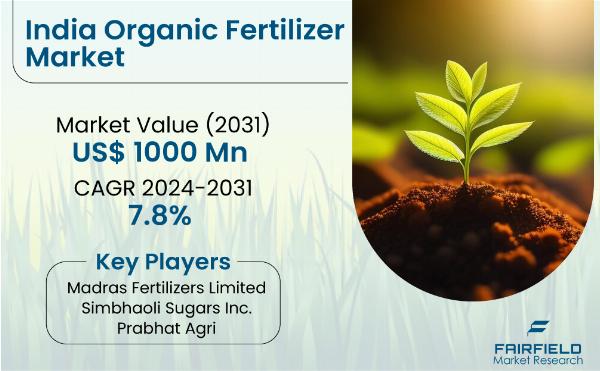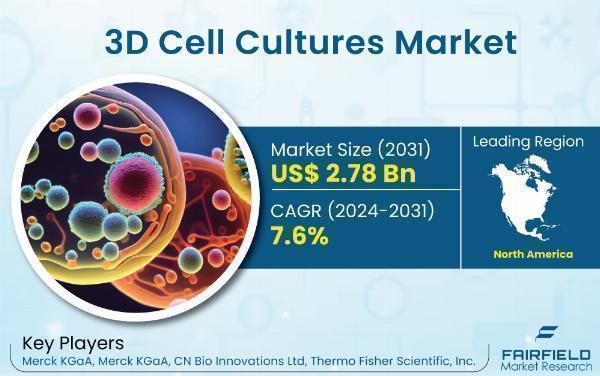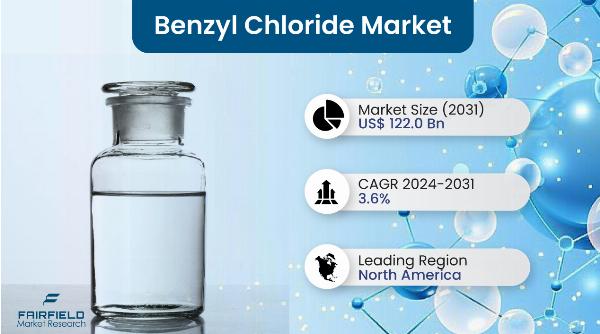Green Hydrogen Market Size, Trends, Status and Forecasts 2030

Strong 8k brings an ultra-HD IPTV experience to your living room and your pocket.
The global green hydrogen market is set for a staggering expansion at a CAGR of 17.8% from 2023 to 2030. By the end of the forecast period, the market value is anticipated to reach approximately US$25.4 billion. As climate change implications become more apparent, the drive for alternative energy solutions that significantly reduce the carbon footprint is gaining momentum. This shift is underpinned by stringent regulations and policies being adopted by numerous countries and authorities, setting a robust foundation for the burgeoning global hydrogen economy and subsequently boosting the green hydrogen industry.
Market Analysis in Brief
The current hydrogen production landscape is dominated by grey hydrogen, accounting for over 90% of the output. However, the transition towards green hydrogen, produced from sustainable resources like solar and wind, presents a significant opportunity to meet future energy needs with reduced carbon emissions. Despite current economic challenges due to the cost disparities between renewable energy sources and conventional methods, the commercial viability of green hydrogen is improving. This is driven by declining costs of renewable energy, dropping electrolyser prices, and technological advancements enhancing efficiency.
Key Report Findings
• Market Valuation: By the end of the forecast year, the green hydrogen market is expected to surpass the US$25 billion mark.
• Current Hydrogen Production: Grey hydrogen accounts for over 90% of the global hydrogen production.
• Cost Reductions: The production costs of green hydrogen are becoming more viable due to falling renewable energy costs, reduced electrolyser prices, and technological advancements.
• Market Share by Segment (2022): Refining segment - 61%, Alkaline electrolyser - 52%, Solar PV technology - 53%.
• Regional Dominance: Asia Pacific holds over one-third of the market value share, followed by Europe.
Market Drivers
Rising Awareness of Green Hydrogen’s Potential: Hydrogen, as an energy carrier, reacts with oxygen to form heat and water without producing greenhouse gases or other pollutants. This characteristic is gaining recognition, supported by research indicating hydrogen-based fuel cells can generate electricity with up to 60% efficiency, compared to 33-35% for traditional combustion-based power plants.
Net Zero Carbon Emission Goals: Public events, campaigns, and endorsements from influential figures are increasing awareness and support for cleaner technology. Many businesses are developing greener hydrogen technologies to replace conventional energy sources, further driving market growth.
Market Challenges
High Production Costs: The initial set-up and ongoing infrastructure maintenance costs for green hydrogen production, storage, conversion, and transportation remain significant. However, increased investments and continuous R&D efforts aimed at developing cost-effective production technologies are expected to mitigate these challenges.
Impact of COVID-19
The COVID-19 pandemic caused operational disruptions, supply chain constraints, and a decline in revenue across various industries, including green hydrogen. Despite these setbacks, the market has gradually recovered to pre-pandemic operational levels as restrictions eased.
Overview of Key Segments
Refining Application Dominates: The refining segment, which accounted for 61.3% of the market in 2022, is expected to lose some share by 2030. Segments like transport, iron & steel, and chemical industries are anticipated to gain additional market share.
Growing Preference for PEM Electrolyser: In 2022, the alkaline electrolyser segment held a 52.4% share. By 2030, the PEM electrolyser segment is expected to grow significantly due to its capability to produce high-purity hydrogen and efficient cooling.
Solar PV Technology to Maintain Dominance: The solar PV technology segment, with a 53.8% share in 2022, is expected to continue its dominance, driven by the high preference for solar power to run electrolysers in sunny regions.
Regional Growth Opportunities
Europe: Europe is expected to witness strong growth in both production and consumption of green hydrogen. Nations like Spain, France, and Germany are leading initiatives to integrate green hydrogen into various sectors, including primary metals and transport.
North America: The US dominates the North American market with multiple new green hydrogen projects set to commence. Canada also plays a significant role, hosting the largest PEM electrolyser plant developed by Air Liquide.
Asia Pacific: Asia Pacific is projected to achieve the highest CAGR, driven by major contributions from China, India, and Australia.
Competitive Landscape
Key players in the global green hydrogen market include FuelCell Energy, Inc., Adani Green Energy, Bloom Energy Corporation, Linde Plc, Royal Dutch Shell, Plug Power, Inc., Air Products & Chemicals Inc., Air Liquide S.A., Reliance Industries, TotalEnergies, and BP p.l.c.
Market Segmentation
• By Application: Refining, Ammonia, Transport, Others
• By Technology: Alkaline Electrolyser, PEM Electrolyser, Solid Oxide Electrolyser & Others
• By Source: Solar PV, Offshore Wind, Onshore Wind
• By Geographical Coverage: North America, Europe, Asia Pacific, Middle East & Africa, Latin America
For More Information Visit: https://www.fairfieldmarketresearch.com/report/green-hydrogen-market
Note: IndiBlogHub features both user-submitted and editorial content. We do not verify third-party contributions. Read our Disclaimer and Privacy Policyfor details.







